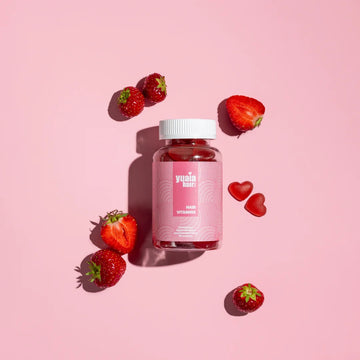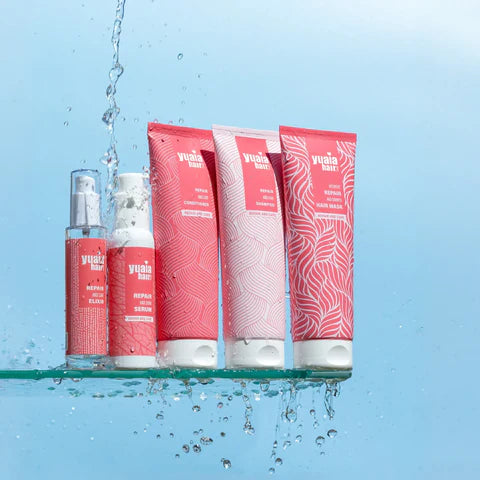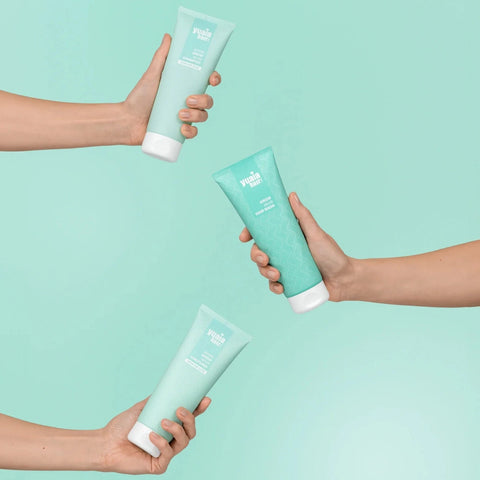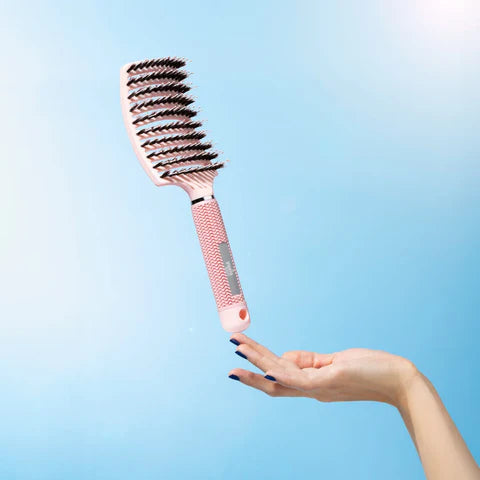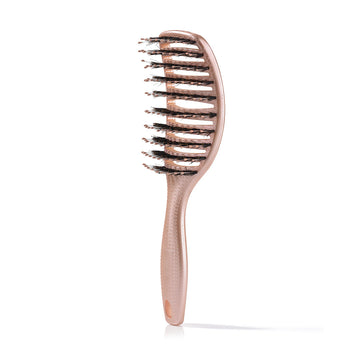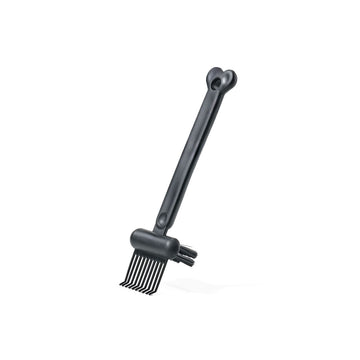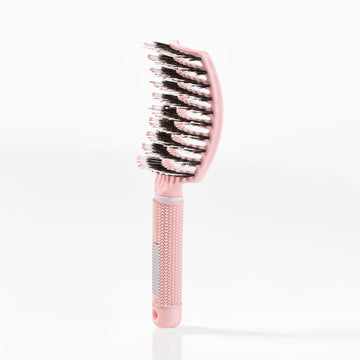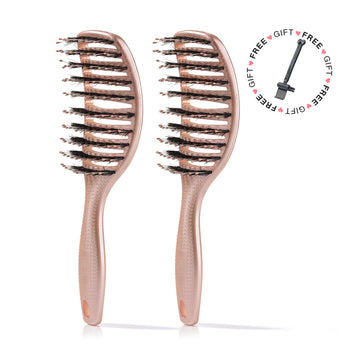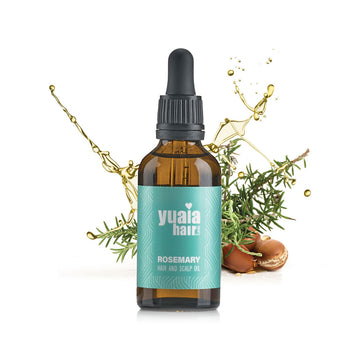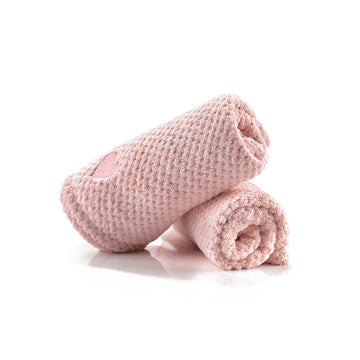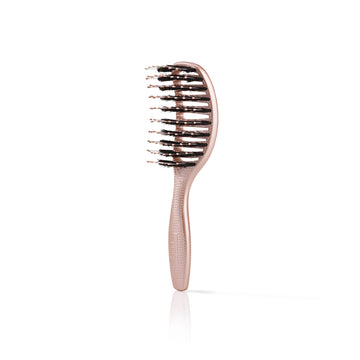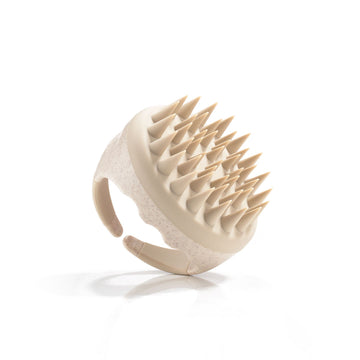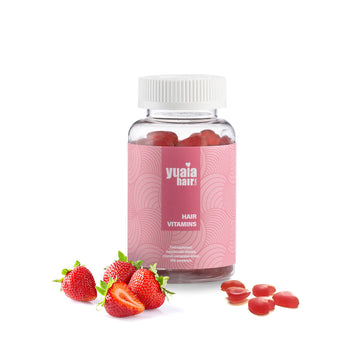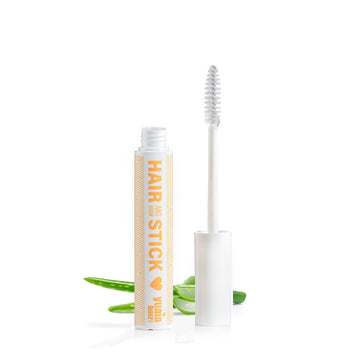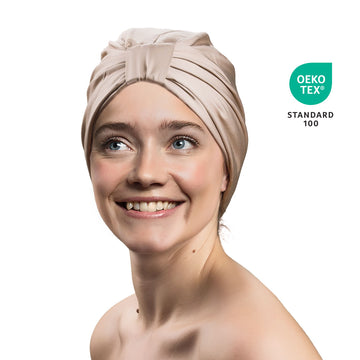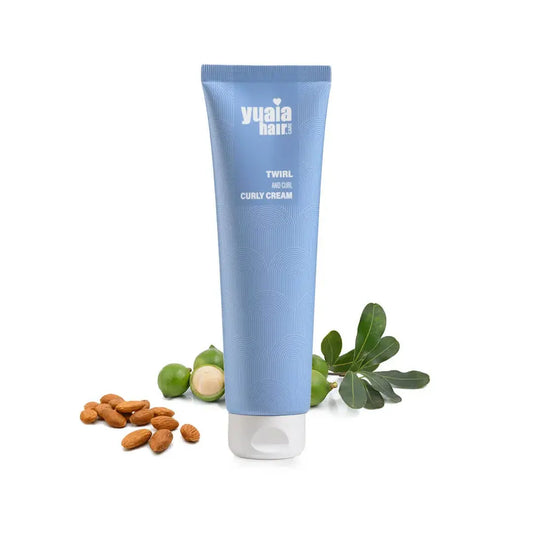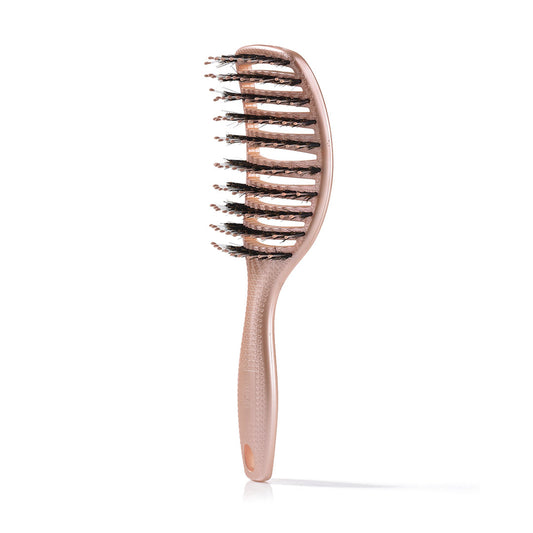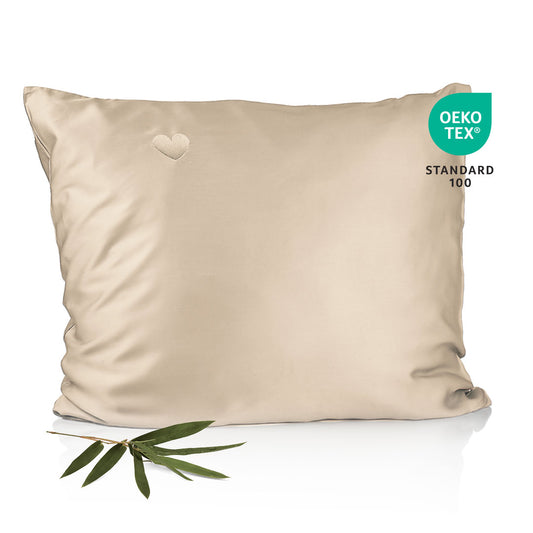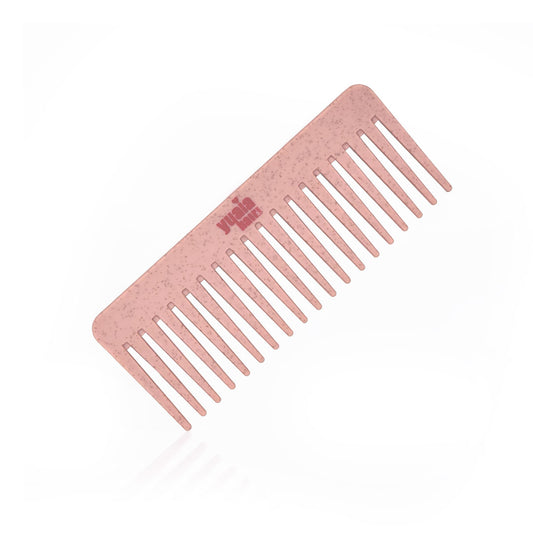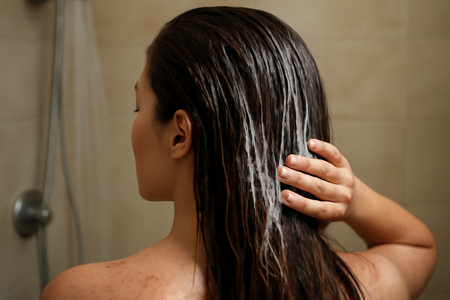
Choosing the right deep conditioner for your hair type
Selecting the appropriate deep conditioner is essential for addressing specific hair concerns. Deep conditioners are generally categorized into two types: protein-based and moisture-based. Understanding the distinction between these can help you make an informed choice tailored to your hair's unique needs.
Protein-based deep conditioners are designed to strengthen hair by repairing and fortifying its structure. They are particularly beneficial for those with chemically treated or heat-damaged hair, as they help rebuild weakened keratin bonds. Look for ingredients like hydrolyzed proteins, which are small enough to penetrate the hair and reinforce its natural strength.
On the other hand, moisture-based deep conditioners focus on hydrating and softening the hair. These are ideal for hair that is dry, frizzy, or lacks elasticity. Key ingredients to look for include shea butter and argan oil, both known for their intense moisturizing properties and ability to enhance shine and manageability.
For those with curly hair, selecting a product that caters specifically to curls can make a significant difference. Our Twirl and Curl curly cream is formulated to define and hydrate curls, ensuring they remain bouncy and healthy-looking.
Incorporating deep conditioning into your routine
To maximize the benefits of deep conditioning, it's important to integrate it into your regular hair care regimen. The frequency of use depends on your hair's condition and type. Generally, deep conditioning once a week is recommended for those with damaged or dry hair, while individuals with less damage may opt for bi-weekly treatments.
Application technique also plays a crucial role in achieving optimal results. After shampooing, apply the deep conditioner evenly throughout your hair, focusing on the ends where damage is often most pronounced. For enhanced absorption, consider using a shower cap to trap heat, or gently warming your hair with a blow dryer for a few minutes.
Recognizing the signs that your hair needs deep conditioning can prevent further damage. Increased breakage, dullness, and a lack of elasticity are clear indicators that your hair would benefit from a deep conditioning treatment.
Enhancing deep conditioning results with proper hair care
To complement your deep conditioning routine, adopting gentle hair care practices is essential. Using a Curvy Brush can help distribute conditioner evenly, reducing tangles and minimizing breakage. Additionally, opting for sulfate-free shampoos and conditioners can prevent stripping hair of its natural oils, preserving moisture and shine.
Finally, consider incorporating a bamboo pillowcase into your nightly routine. Its smooth surface reduces friction, minimizing hair breakage and frizz while you sleep.
Ingredient spotlight: Natural oils and proteins
To fully appreciate the benefits of deep conditioning, it's essential to understand the role of specific ingredients. Natural oils such as coconut and avocado oil are highly effective in moisturizing and nourishing the hair. These oils penetrate the hair shaft, providing deep hydration and helping to repair damage from within. They also form a protective barrier on the hair surface, locking in moisture and reducing frizz.
Proteins like amino acids and hydrolyzed proteins are crucial for strengthening damaged hair. These proteins help rebuild the hair's natural structure, improving elasticity and reducing breakage. By choosing products that contain these ingredients, you can ensure that your deep conditioning routine is both effective and gentle on your hair.
Common questions about deep conditioning
How long should you leave a deep conditioner in your hair?
The recommended time for leaving a deep conditioner in your hair varies depending on the product and your hair type. Generally, 15-30 minutes is sufficient for most treatments. However, for more intense hydration, some may choose to leave it on for up to an hour. Always follow the instructions on the product label for best results.
Can deep conditioning repair severely damaged hair?
While deep conditioning can significantly improve the appearance and health of damaged hair, it may not completely reverse severe damage. Consistent use of deep conditioning treatments can strengthen hair, reduce breakage, and improve manageability, but extremely damaged hair may also require professional treatments or a haircut to remove split ends.
What are the best practices for deep conditioning curly or textured hair?
Curly and textured hair often requires more moisture than straight hair. To get the most out of deep conditioning, apply the product generously and use a wide-tooth comb or fingers to distribute it evenly. Covering your hair with a shower cap and applying gentle heat can enhance absorption. For curly hair, consider using products specifically made for curls, such as our Twirl and Curl curly cream, to maintain definition and bounce.
 2-5 day delivery
2-5 day delivery
 25.000+ satisfied customers
25.000+ satisfied customers
 Satisfaction Guarantee
Satisfaction Guarantee

